Rattlesnakes are among the most well-known and fascinating of North American reptiles. These venomous species are found across various regions, each with unique characteristics and habitats. In this article, we will explore the largest rattlesnake species in the world, detailing their size, key features, and ecological significance. From the Eastern Diamondback to the elusive Sidewinder, these snakes play a crucial role in their ecosystems.
10. Sidewinder Rattlesnake
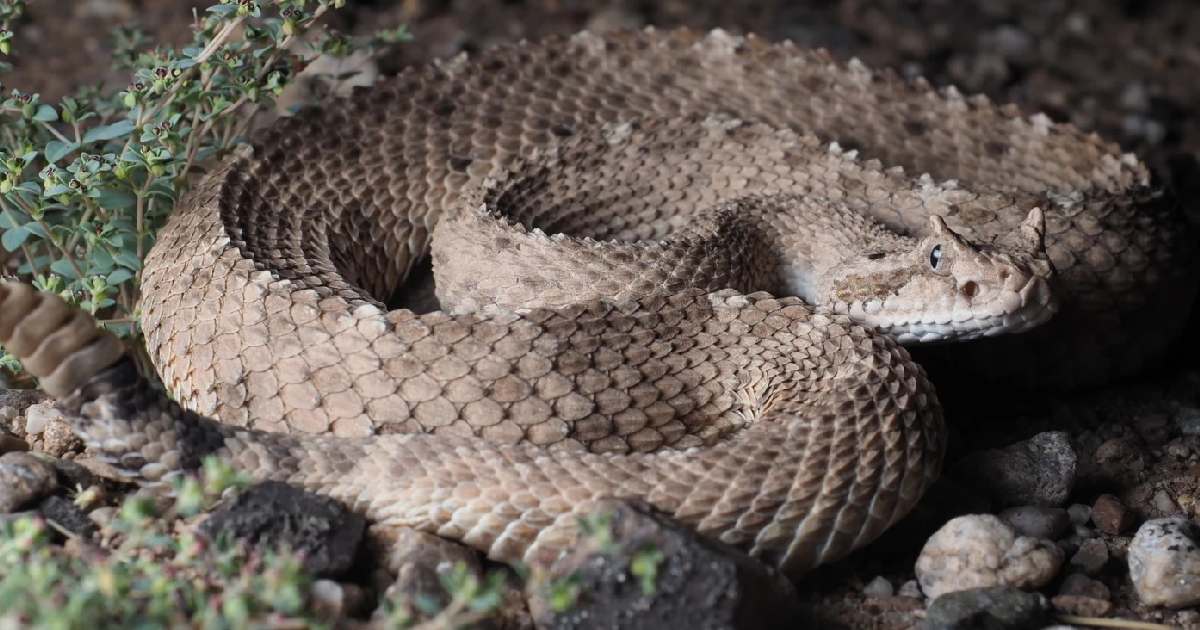
- Species: Sidewinder Rattlesnake
- Size: 2 to 3 feet in length
- Key Features: Sidewinding movement, desert habitat, ambush predator
The Sidewinder Rattlesnake is a small to medium-sized species, averaging 2 to 3 feet in length. This snake is found in the deserts of the southwestern United States and is known for its unique sidewinding movement, which allows it to navigate loose sand with ease. Sidewinders are highly adapted to their harsh desert environment, with specialized scales that reduce friction as they move.
Sidewinders are ambush predators, feeding primarily on lizards and small mammals. They are often found in sandy dunes and rocky areas, where they can hide from predators and surprise their prey. The Sidewinder’s unique locomotion and survival strategies make it one of the most fascinating rattlesnake species in North America.
9. Black-tailed Rattlesnake
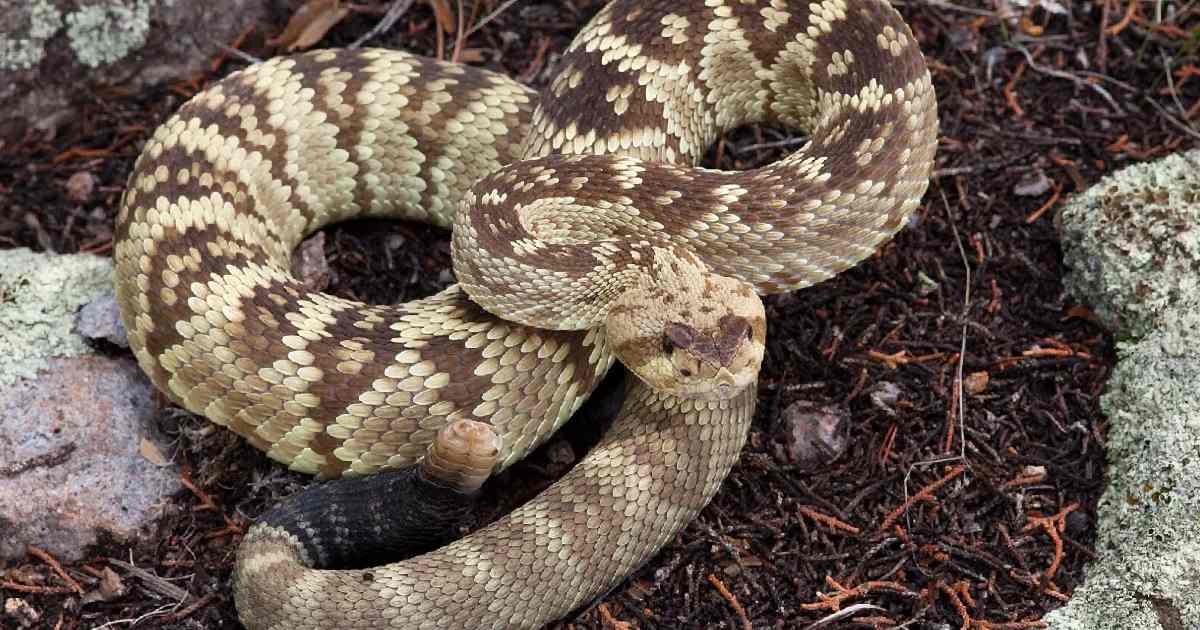
- Species: Black-tailed Rattlesnake
- Size: 3 to 4 feet in length
- Key Features: Blacktail, versatile hunter, rocky habitat
The Black-tailed Rattlesnake is a large and venomous species found in the southwestern United States and Mexico. This species typically grows to about 3 to 4 feet in length and is known for its distinctive black tail, which gives it its name. Black-tailed Rattlesnakes are versatile hunters, preying on a variety of animals, including rodents, birds, and reptiles.
Their stealth assists black-tailed rattlesnakes evade predators and catching prey in rugged, jungle, and desert zones. Their concentration and dexterity help them ambush their prey. Snakes like these are very important to the equilibrium of their conditions, despite the fact they are poisonous.
8. Eastern Massasauga
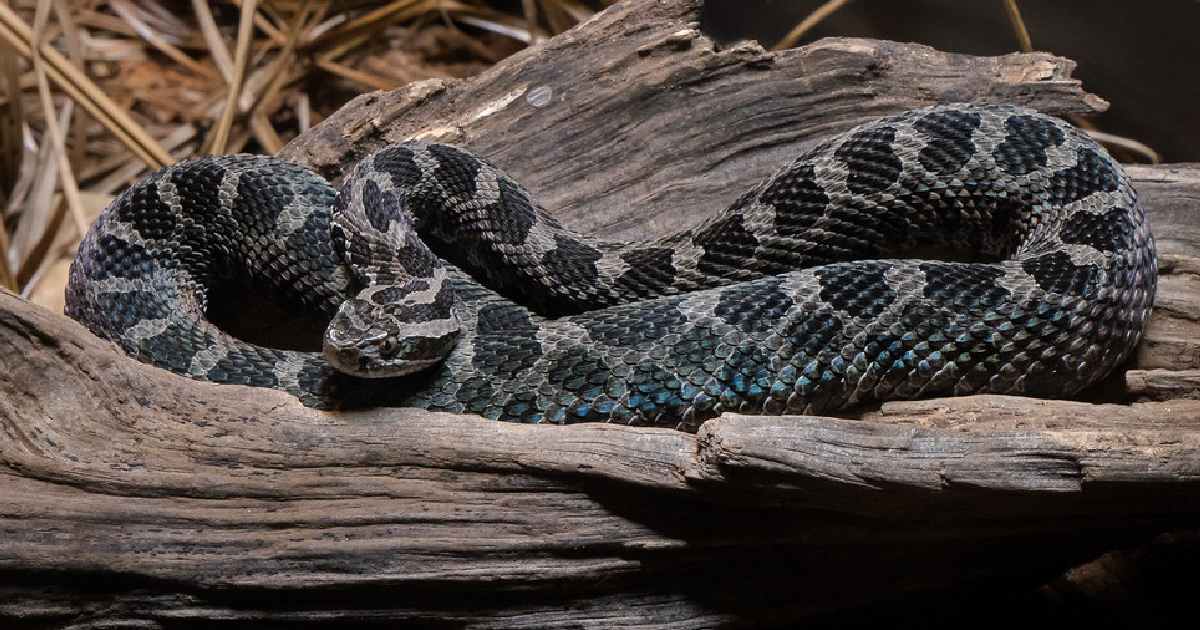
- Species: Eastern Massasauga
- Size: 2 to 3 feet in length
- Key Features: Wetland habitat, highly venomous, ambush predator
Eastern Massasauga rattlesnakes were typically 2–3 feet long. The eastern US wetland snake is recognized for its screeching rattle. The Eastern Massasauga is poisonous and dominates small mammal densities in its native area notwithstanding its modest size.
Eastern Massasaugas discover protection and prey in swamps, rainforests, and meadows. Their invisibility allows them to surprise their prey as ambush hunters. The Eastern Massasauga is threatened by the destruction of habitat and human endeavors.
7. Speckled Rattlesnake
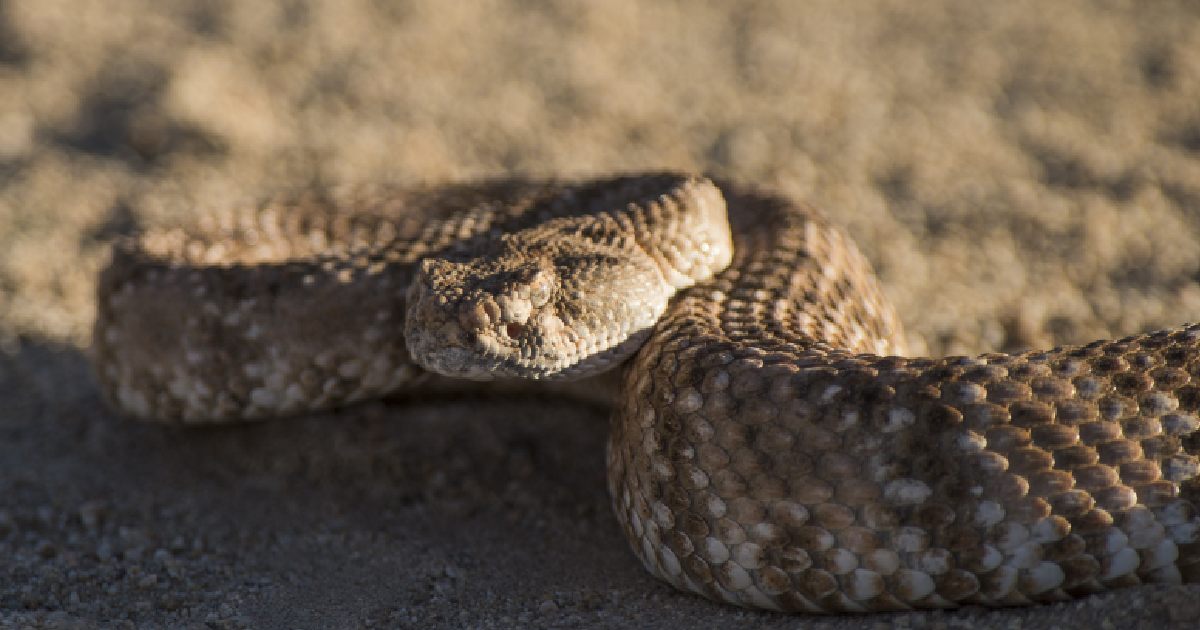
- Species: Speckled Rattlesnake
- Size: 2 to 3 feet in length
- Key Features: Camouflaged appearance, desert habitat, ambush predator
Averaging about 2 to 3 feet long, the Speckled Rattlesnake is a smaller type, but it is just as dangerous. Rocky deserts in the southern US are home to this species. To circumvent notice, the Speckled Rattlesnake blends into the rocky ground.
Speckled Rattlesnakes strike on lizard species and tiny mammals through deception. In the harsh arid climate, they are well-adapted and can subsist with little sustenance and water. Although little, they are extremely hostile and should be handled attentively.
6. Neotropical Rattlesnake
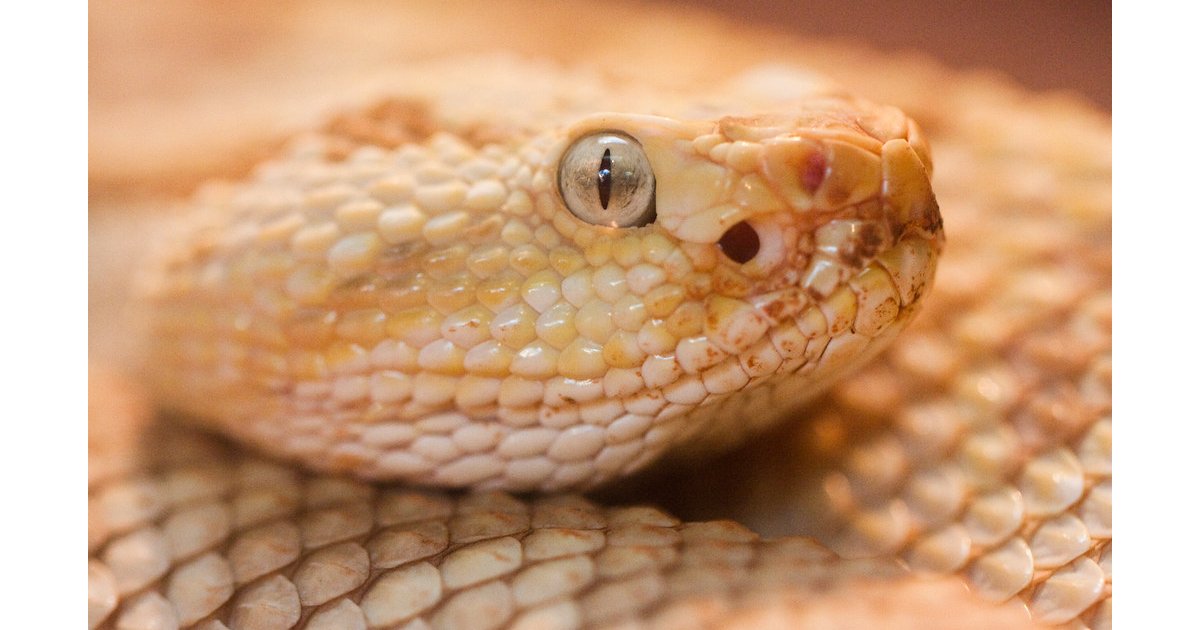
- Species: Neotropical Rattlesnake
- Size: 3 to 5 feet in length
- Key Features: Distinctive coloration, powerful venom, wide habitat range
Neotropical Rattlesnakes are big to large snakes that scale up to about approximately three to five feet long. This adaptive species thrives in wooded areas and pastures in Central and South America. Neotropical Rattlesnakes paralyze their victim through their colorful bodies and potent stinging.
Small creatures such as birds and mammals get captured by these rattlesnakes. They hide from carnivores and mankind amid thick trees or cliffs. Shooting and habitat loss threaten Neotropical Rattlesnakes, considering their flexibility.
5. Mexican West Coast Rattlesnake
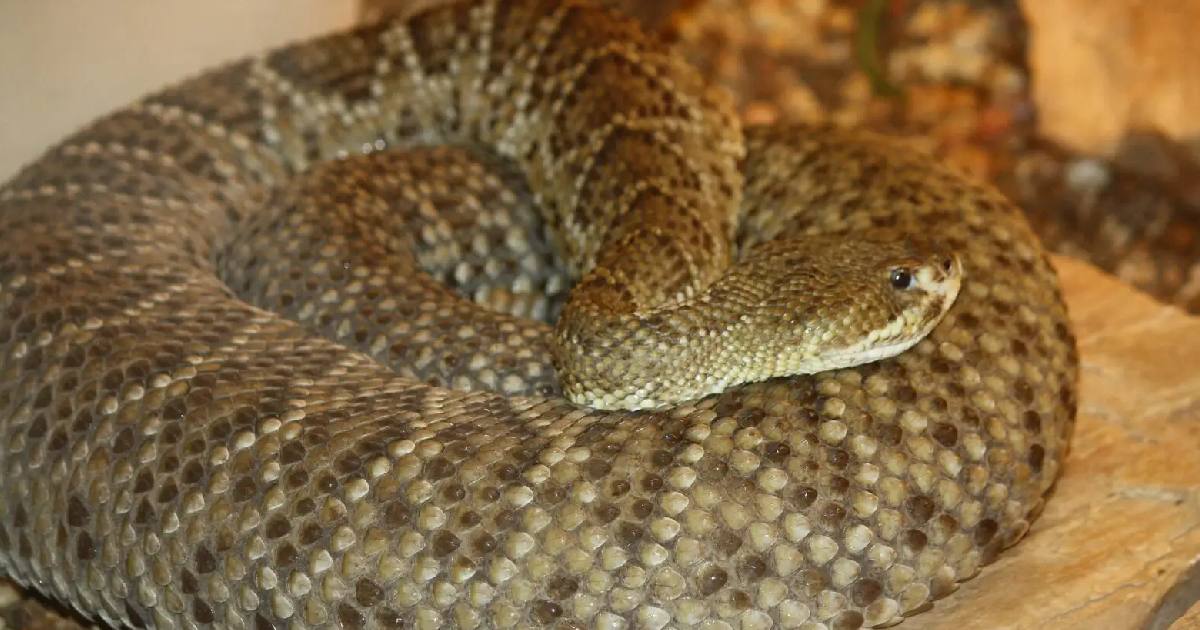
- Species: Mexican West Coast Rattlesnake
- Size: 4 to 5 feet in length
- Key Features: Aggressive behavior, highly venomous, adaptable habitat preferences
The huge, catastrophic Mexican West Coast Rattlesnake dwells across the Pacific coast in the west of Mexico. These reptiles are known for being aggressive and frequently develop to be within 4 or 5 feet long. A versatile snake, it thrives in forests, deserts, and farms.
Mexican West Coast Rattlesnakes besiege insects, birds, and lizards. Their toxicity is deadly and may injure prey and attackers. Notwithstanding their frightful reputation, these serpentine creatures control pests in their native habitats.
4. South American Rattlesnake
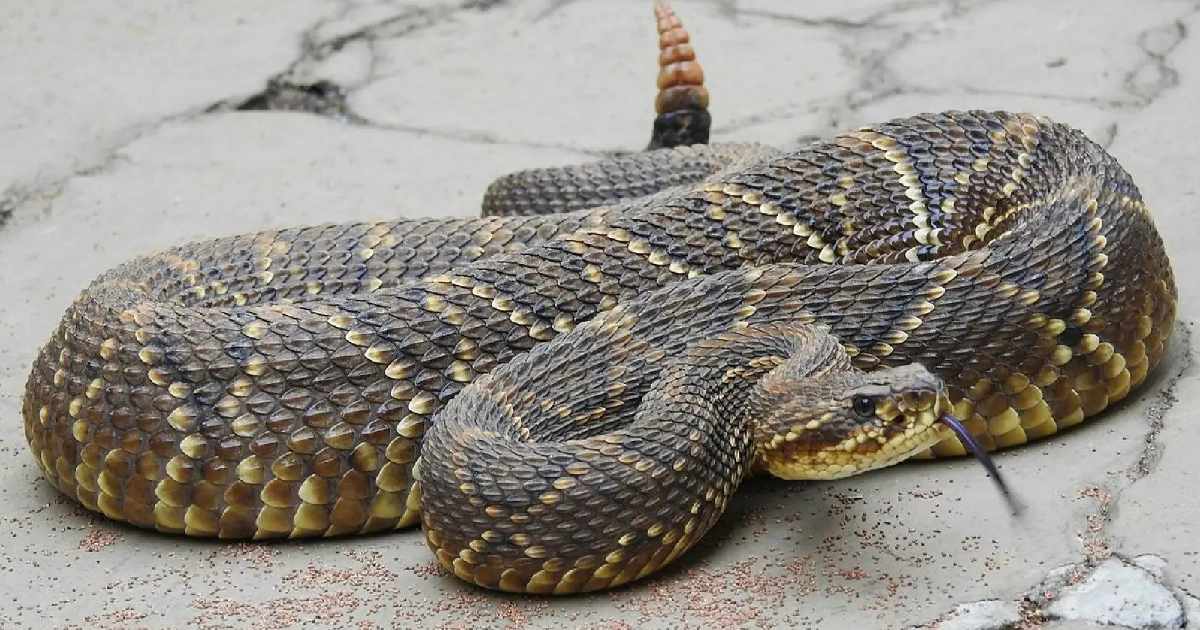
- Species: South American Rattlesnake
- Size: Up to 6 feet in length
- Key Features: Tropical habitat, ambush predator, distinct rattling sound
South America’s tropical and subtropical Cascabel Rattlesnake is huge and venomous. Its creaking sound differentiates this variety, which may grow up to 6 feet. It consumes tiny vertebrates, poultry, and lizards by creeping behind them.
Rattlesnakes in South America often live in grasslands, forests, and on the fringes of jungles, where they can hide to catch what they eat by chance. They regulate communities of animals in their natural world. Due to loss of habitat and human interference, its number has fallen like many rattlesnake species.
3. Eastern Timber Rattlesnake
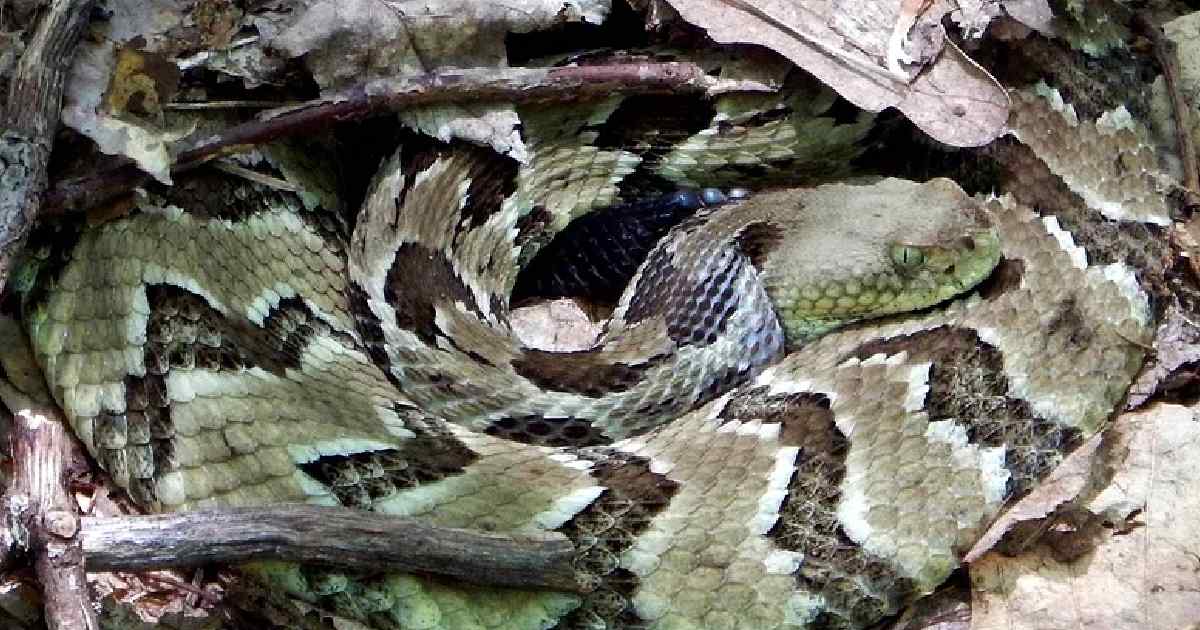
- Species: Eastern Timber Rattlesnake
- Size: 3 to 5 feet in length
- Key Features: Forest dweller, cold climate adaptation, highly venomous
With a body length of 3 to 5 feet, the Eastern Timber Rattlesnake is an exceptionally large species of rattlesnake. Located in eastern US forest areas, notably the Appalachian Mountains, this type of snake is more timid yet very hazardous. As they amalgamate in, Eastern Timber Rattlesnakes lounge on rock formations or woodland clearings.
It hunts small creatures and ground-dwelling birds in temperate trees. The brumation in winter enables the Eastern Timber Rattlesnake to withstand below-freezing temperatures. Destruction of habitat and human cruelty endanger this corrosive species.
2. Western Diamondback Rattlesnake
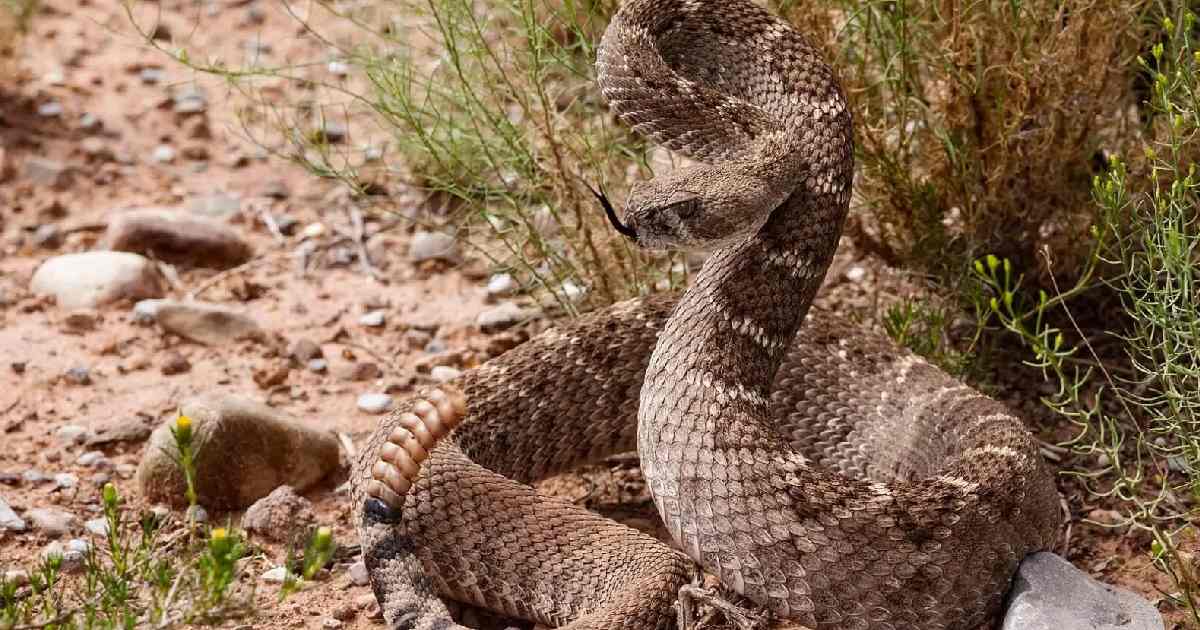
- Species: Western Diamondback Rattlesnake
- Size: 4 to 6 feet in length
- Key Features: Diamond-shaped patterns, ambush predator, widespread in the southwestern U.S.
The massive and fatal variety of snakes is the Western Diamondback Rattlesnake, which grows to 4–6 meters. This snake occupies the arid southern US and the state of Mexico. Western Diamondbacks, known for their diamond-shaped tendencies, inflict the majority of U.S. life-threatening bitten snakes.
Western Diamondbacks flourish in dry regions, fields, and steep mountains. Furthermore, these sneaky predators eat squirrels and wildlife. They manage tiny groups of animals, like their eastern neighbors, maintaining ecological harmony.
1. Eastern Diamondback Rattlesnake
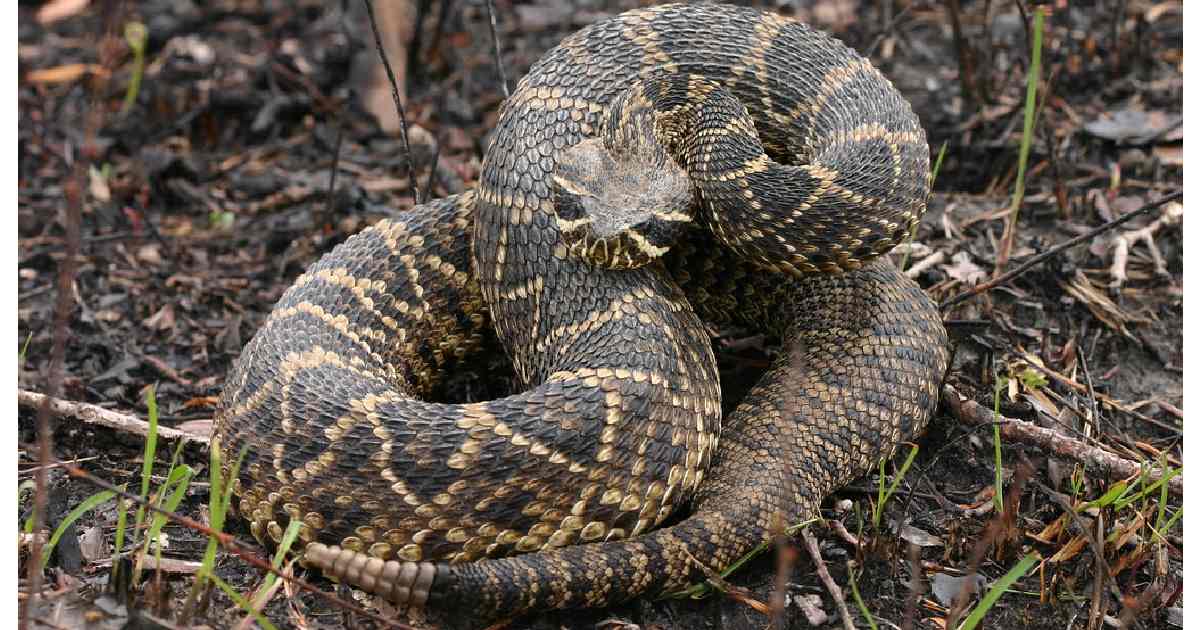
- Species: Eastern Diamondback Rattlesnake
- Size: Average length of 5.5 feet, can grow up to 8 feet
- Key Features: Largest rattlesnake species, ambush predator, uses gopher tortoise burrows
The largest rattlesnake in existence, the Eastern Diamondback, hovers 5.5 feet but can reach up to 8 feet. Eastern Louisiana, as well as the state of South Carolina, and Southern Mississippi, are hosts by this deadly snake. Eastern Diamondbacks exploit stealth to ambush rodents and ground-dwelling animals.
Spruce flatwoods, seaside scrublands, and dry meadows are places where juvenile rattlesnakes dwell. They tolerate extreme temperatures by burrowing in gopher tortoise caves. The Eastern Diamondback is endangered by the destruction of habitat and conflicts with humans like rattlesnake roundups.
Conclusion
Rattlesnakes are a diverse and vital group of North American reptiles, each species contributing to the health and balance of their ecosystems. From the Eastern Diamondback, the largest rattlesnake species in the world, to the unique Sidewinder, these snake sheds and are remarkable for their adaptability and specialized behaviors. Understanding and respecting these venomous species is crucial for both conservation efforts and snake safety, ensuring that these fascinating creatures continue to thrive in their natural habitats.
Frequently Asked Questions (FAQs)
What is the largest species of rattlesnake?
The Eastern Diamondback Rattlesnakes is the largest species of rattlesnake in the world. It can grow up to 8 feet in length, with an average length of 5.5 feet. Found in the southeastern United States, this venomous species is a formidable ambush predator, known for its distinct diamond-shaped patterns and preference for warm-blooded prey.
What is the largest rattlesnake ever caught on record?
The largest rattlesnake ever caught on record was an Eastern Diamondback Rattlesnake measuring just over 8 feet in length. These snakes are the largest rattlesnake species in the world, and this particular individual was captured in Florida, highlighting the impressive size and power that these venomous reptiles can attain.
What is the rarest rattlesnake in the world?
The rarest rattlesnake in the world is the Eastern Massasauga. Found in wetland areas of the eastern United States, this small to medium-sized snake is highly venomous but elusive. Habitat loss and human activities have led to a decline in its population, making it a species of conservation concern.
What is the most aggressive rattlesnake species?
The Mexican West Coast Rattlesnake is considered one of the most aggressive rattlesnake species. Found in the western regions of Mexico, this venomous snake is known for its assertive behavior and potent venom. Its adaptability to various habitats, including forests and deserts, makes it a formidable predator.
What is the largest snake species ever found?
The largest snake species ever found is the Reticulated Python, which can grow over 30 feet in length. Unlike rattlesnakes, which are venomous and belong to the viper family, the Reticulated Python is a constrictor, using its immense strength to subdue prey. This species is native to Southeast Asia and is recognized as the longest snake in the world.

